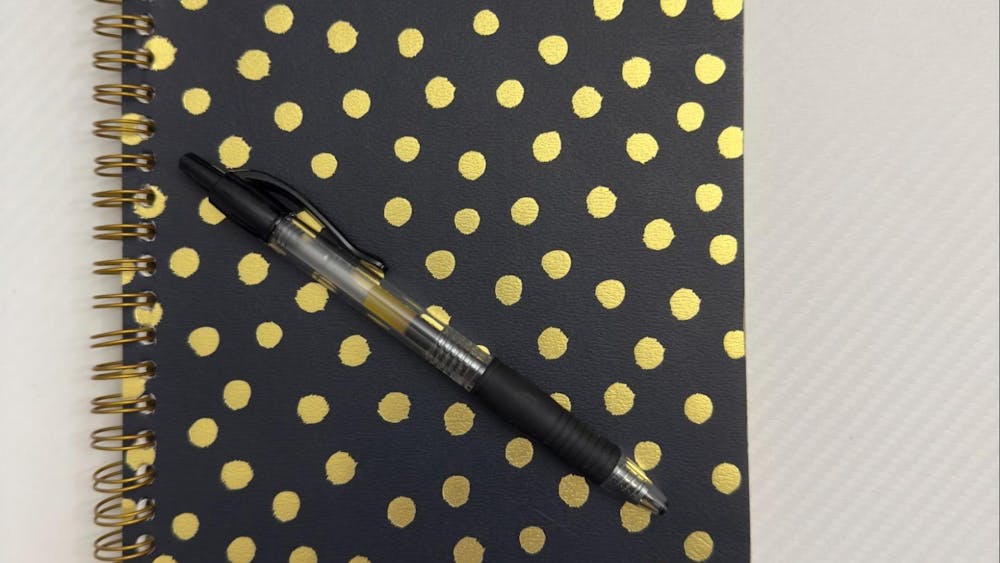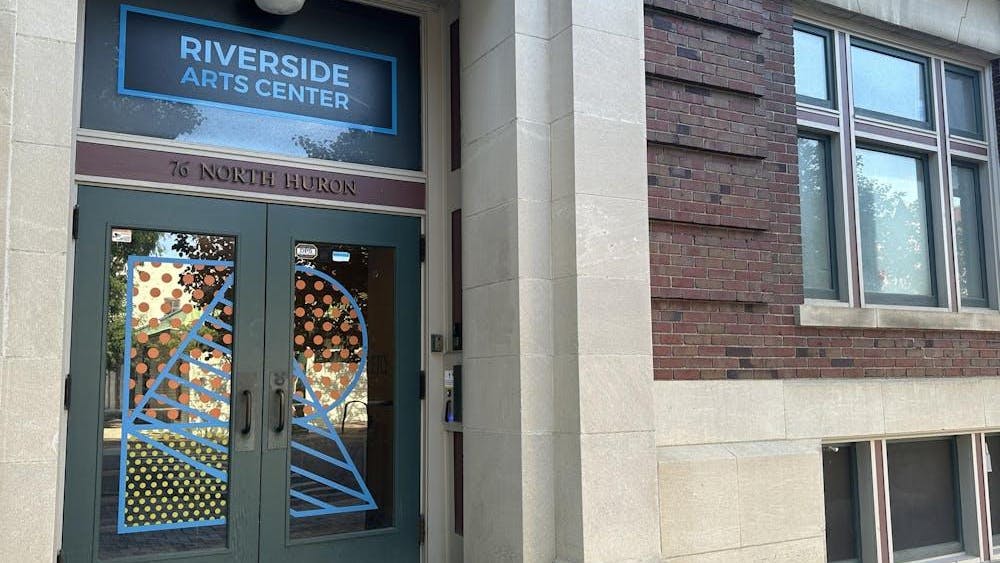The Red Cross was on campus Monday and Tuesday in the Student Center Auditorium collecting pints of blood from students for lifesaving uses in the community.
According to the Red Cross, for every one person that donates, potentially three lives will be saved.
The Red Cross is invited many times throughout the school year to several locations on campus in order to continue collecting blood. Phi Sigma Phi hosted the latest drive. On hand as representatives were Philanthropy Chair Nicholas Haywood and Legal Chair James Garvey, signing in donors and speaking with students about the drive.
Representative Kristy Canon gave a brief overview of the procedure students can expect when deciding to give blood.
“We tell students to expect the entire process to take about an hour or so,” Canon said. “The first portion of the process includes a brief health history, where blood pressure and temperature are taken. That’s the portion that usually takes the longest.”
In general, there are four main steps to donation:
• Usually two to three 16 ounce bottles of water before coming are good. In addition, wear comfortable clothing and bring required documentation. Documentation on campus will include a student ID, driver’s license or state ID and a list of any medications the donor is currently taking.
• During the donation process, students will first go through registration. This process consists of signing in and reviewing materials such as eligibility and donation information. The donor will also be asked to provide identifications and medication lists at that time. After registration, each donor completes the health history and mini-physical which is a private and confidential interview conducted by professionals. A brief history questionnaire is completed and vital signs are taken.
• The donation itself, or the process of actually drawing the blood, takes approximately 6 to 10 minutes depending on different factors including the health of the donor.
• The final stage of donation occurs after the pint of blood has been taken. The donor is escorted to a recovery table complete with juice and cookies to help the body replenish its supply faster.
Students can enjoy a snack with pride for the 10 to 15 minute relaxation time, knowing they have helped to save a life.
Once it is collected and tested, there are many uses for the newly acquired blood. The blood can be potentially separated into three important components that include whole blood, platelets and plasma. Each component can be used separately in a multitude of ways. Platelets for example can be used to assist cancer treatments while plasma is used to treat burn victims.
Blood donation is vital because:
• In the U.S., someone is in need of blood every two seconds
• A car accident victim may need up to 100 pints of blood depending on the injuries
• Everyone from adults to babies benefit from stored blood given by donors
There are many ways students can become involved in the effort to continuously replenish the blood supply. Donations are always needed and appreciated and there are many volunteer opportunities available as well. In addition, groups such as Phi Sigma Phi can offer to host a blood drive and help the cause even further. The Red Cross will be returning to campus Nov. 11 at the Rec/IM and Phi Sigma Phi is hosting another drive in early December.
Students can find the entire detailed process of giving blood as well as frequently asked questions, information about each component’s uses and other facts about donation and blood type at redcrossblood.org.








